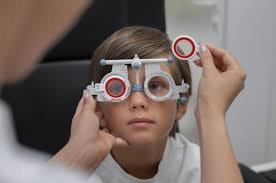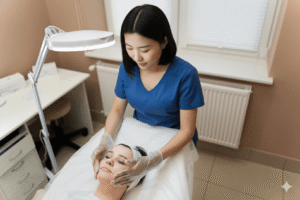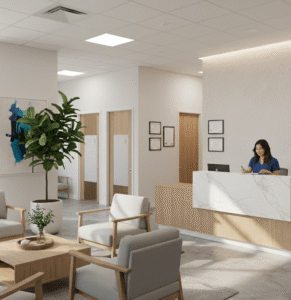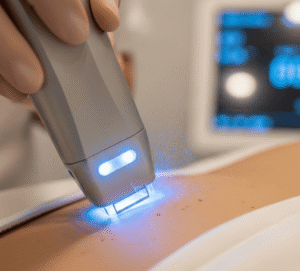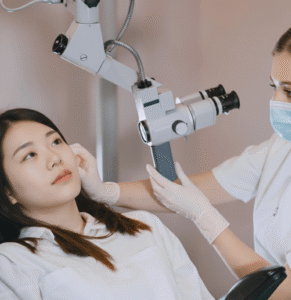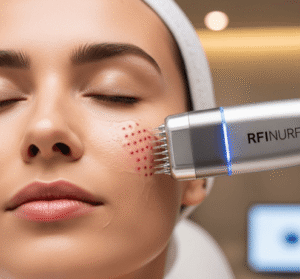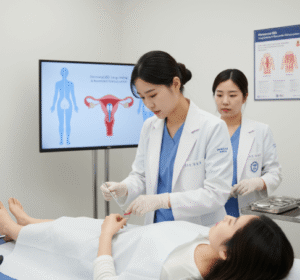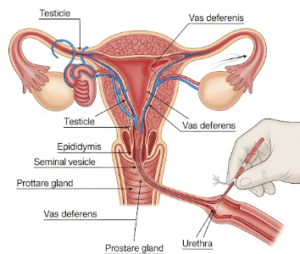Overview
Myopia, commonly known as nearsightedness, is a widespread vision condition in which distant objects appear blurred while near objects are seen clearly. In Korea, myopia is highly prevalent, particularly among children and young adults, due to genetic factors and lifestyle patterns such as extensive screen time and indoor studying. Advances in ophthalmology, including laser vision correction and myopia control treatments, are widely available in hospitals like Seoul National University Hospital, Asan Medical Center, and Samsung Medical Center.
What is Myopia?
Myopia is a refractive error of the eye caused by the elongation of the eyeball or excessive curvature of the cornea, leading to light focusing in front of the retina instead of directly on it. It primarily affects children, adolescents, and young adults, and can progress over time if uncorrected. Severe myopia increases the risk of retinal detachment, glaucoma, and cataracts.
Symptoms
- Blurred vision when looking at distant objects
- Squinting to see faraway objects clearly
- Eye strain or fatigue
- Headaches from prolonged visual effort
- Difficulty seeing while driving or in classrooms
- Frequent changes in eyeglass prescriptions
Causes
- Genetic predisposition; children with myopic parents are at higher risk
- Environmental factors such as prolonged near work (reading, digital devices)
- Insufficient time spent outdoors during childhood
- Early onset in childhood leading to faster progression
Risk Factors
- Family history of myopia
- Extensive near work or screen exposure
- Limited outdoor activity
- Urban living environment
- Early childhood myopia onset
Complications
- Progressive myopia leading to high myopia
- Retinal detachment or tears
- Glaucoma
- Cataracts at a younger age
- Permanent vision impairment if uncorrected
- Reduced quality of life in academic or professional settings
Prevention
- Encourage children to spend time outdoors daily
- Take frequent breaks during near work or screen use (20-20-20 rule)
- Maintain proper lighting while reading or using devices
- Regular eye examinations, particularly for school-aged children
- Consider myopia control interventions for children at risk
Treatment Options in Korea
Korean ophthalmology centers provide a range of options to correct and manage myopia, including both non-surgical and surgical approaches.
- Diagnosis
- Comprehensive eye examination and refraction tests
- Measurement of axial length for children at risk of high myopia
- Retinal examination to detect early complications
- Non-Surgical Treatments
- Prescription glasses or contact lenses for vision correction
- Orthokeratology (overnight corrective lenses to slow progression)
- Atropine eye drops (low-dose) for myopia control in children
- Surgical Treatments
- LASIK (Laser-Assisted In Situ Keratomileusis) for permanent vision correction
- PRK (Photorefractive Keratectomy) for thin corneas or specific conditions
- SMILE (Small Incision Lenticule Extraction), a minimally invasive laser surgery
- Specialized Hospitals in Korea
- Seoul National University Hospital – Comprehensive ophthalmology services including pediatric and refractive care
- Asan Medical Center – Advanced myopia control and surgical options
- Samsung Medical Center – Laser surgery and innovative treatments for high myopia
- Yonsei Severance Hospital – Pediatric myopia management and long-term follow-up
- Long-Term Follow-Up
- Regular vision assessments to monitor progression
- Retinal exams for patients with high myopia
- Adjustments in glasses, contact lenses, or surgical enhancements
- Lifestyle counseling to minimize risk of progression and complications

